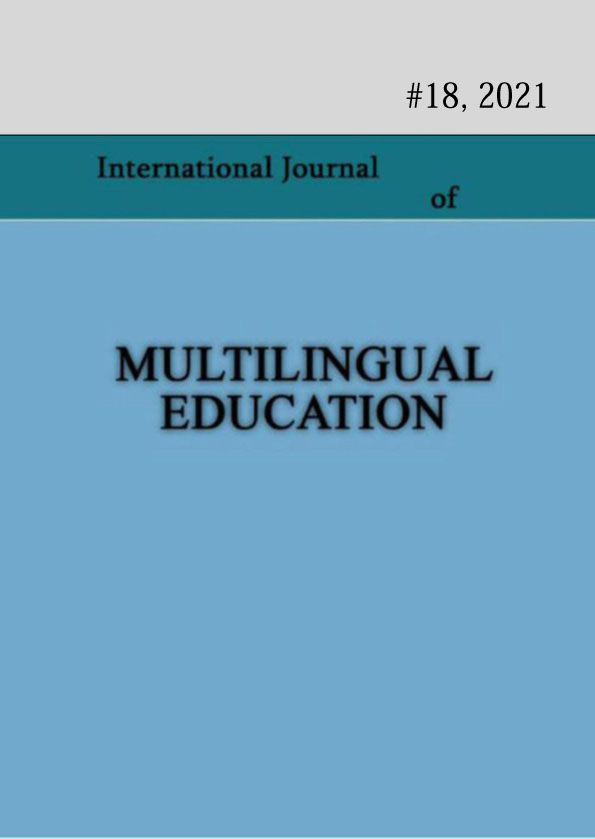Narrative as a method of studying the speech characteristics of bilingual children (On the example of Georgian bilingual and Greek monolingual juniors)
Keywords:
narrative and its meaning; Narrative as a research method in bilingual and monolingual juniors; A study of children's narratives; Comparison of narratives during bilingualism.Abstract
The present article: ″Narrative as a method of studying the speech characteristics of bilingual children (On the example of Georgian bilingual and Greek monolingual juniors)″ aims to study the nature of narrative and to establish narrative skills in school; also the purpose of the study is to define the importance of narrative as an effective method of research. The first part of the paper presents a brief overview of the theoretical material around the narrative. The second part of the article is based on empirical material. In particular, it is based on the analysis and results of my research which I have conducted at the National and Kapodistrian University of Athens (Greece). The article presents a study of children's narratives and a comparison of narratives during bilingualism; In particular, the use of narrative-based research method in the case of Georgian bilinguals and Greek monolinguals, the use of which is quite common in the modern field of psycholinguistics.
References
Bamberg, M. (ed). (1997). Narrative Development: Six approaches. Mahwah, NJ: Erlbaum. 1997. Berman, R.A., (2008) The psycholinguistics of developing text construction. Journal of Child Language, 35, 735- 771.
Bishop, D. V. M. & Edmundson, A. (1987). Language impaired 4-year olds: Transient from persistent impairment. Journal of Speech and Hearing Disorders, 52, 156-173.
Bliss et al. (1998). Bliss, L., McCabe, A. and Miranda, E., Narrative assessment profile: Discourse analysis for school- age children. Journal of Communication Disorders, 31, 347-363. 1998
Bohnacker, I. & Walters, U. J. (2016)Assessment of Narrative abilities in bilingual children. January 2016. 37(01) 11-17. Available online at: https://www.researchgate.net/publication/286529769_Narrative_abilities_in_biling ual_children (Searched on May 05, 2021).
Botting, N. (2002). Narrative as a tool for the assessment of linguistic and pragmatic imairments. Child Language Teaching and Therapy, 18, 1-21.
Fiestas, C. E. & Peña, E. D. (2004). Narrative discourse in bilingual children: Language and task effects: Language, Speech, and Hearing Services in Schools, 35(2), 155-168.
Gagarina et al. (2016). Gagarina, N. Klop, D. Kunnari, S. Tantele, K. Välimaa, T. Balčiūnienė,
Hadley, P. A. (1998). Language sampling protocols for eliciting text-level discourse. Language, Speech, and Hearing Services in Schools, 29, 132-147.
Published
How to Cite
Issue
Section
License
Copyright (c) 2021 Teona Beridze

This work is licensed under a Creative Commons Attribution-NonCommercial 4.0 International License.
Copyright (c) - Authors who publish with this journal agree to the following terms: Authors retain copyright and grant the journal the right of first publication with the work simultaneously licensed under a Creative Commons Attribution-Noncommercial 4.0 International License, which allows others to share the work with an acknowledgement of the work's authorship and initial publication in this journal. Authors are permitted and encouraged to post their work online (e.g., in institutional repositories or on their personal website) prior to and during the submission process, as it can lead to productive exchanges, as well as earlier and greater citation of published work (see The Effect of Open Access). Authors may enter into separate, additional contractual arrangements for the non-exclusive distribution of the journal's published version of the work (e.g., post it to a repository or publish it in a book), with an acknowledgement of its initial publication in this journal.

